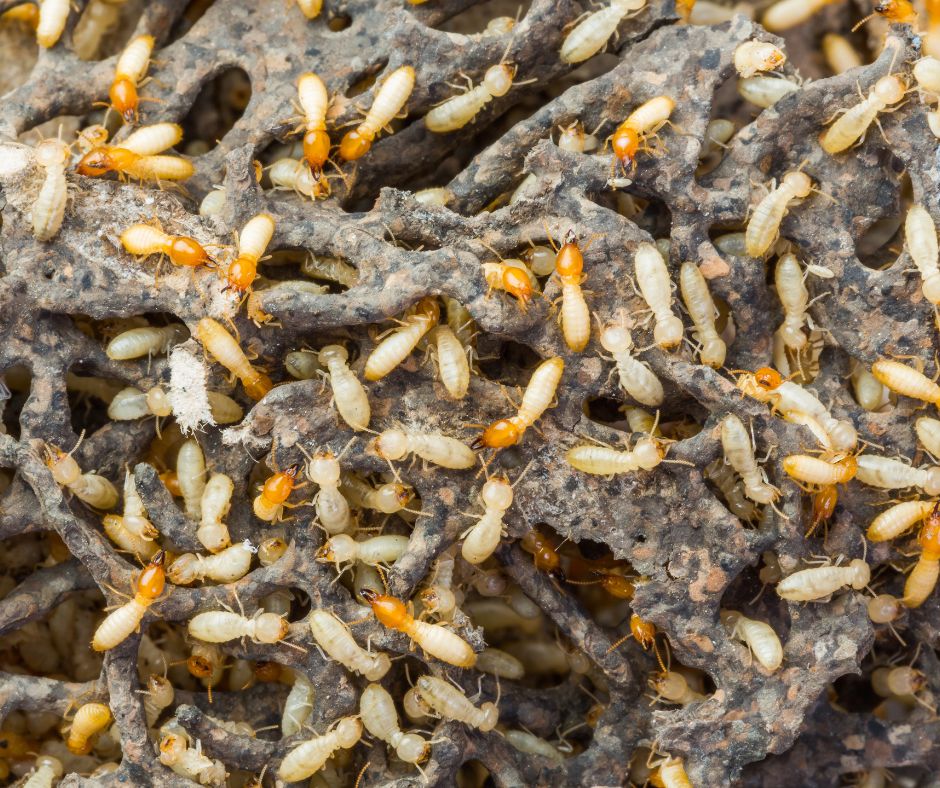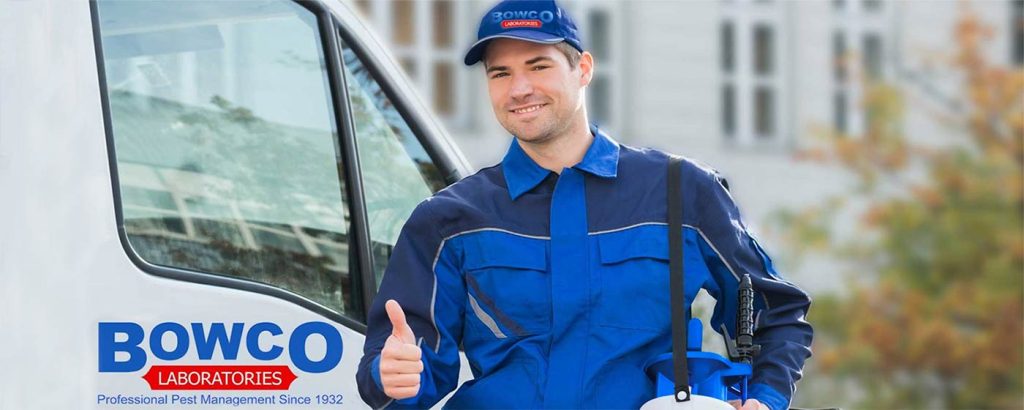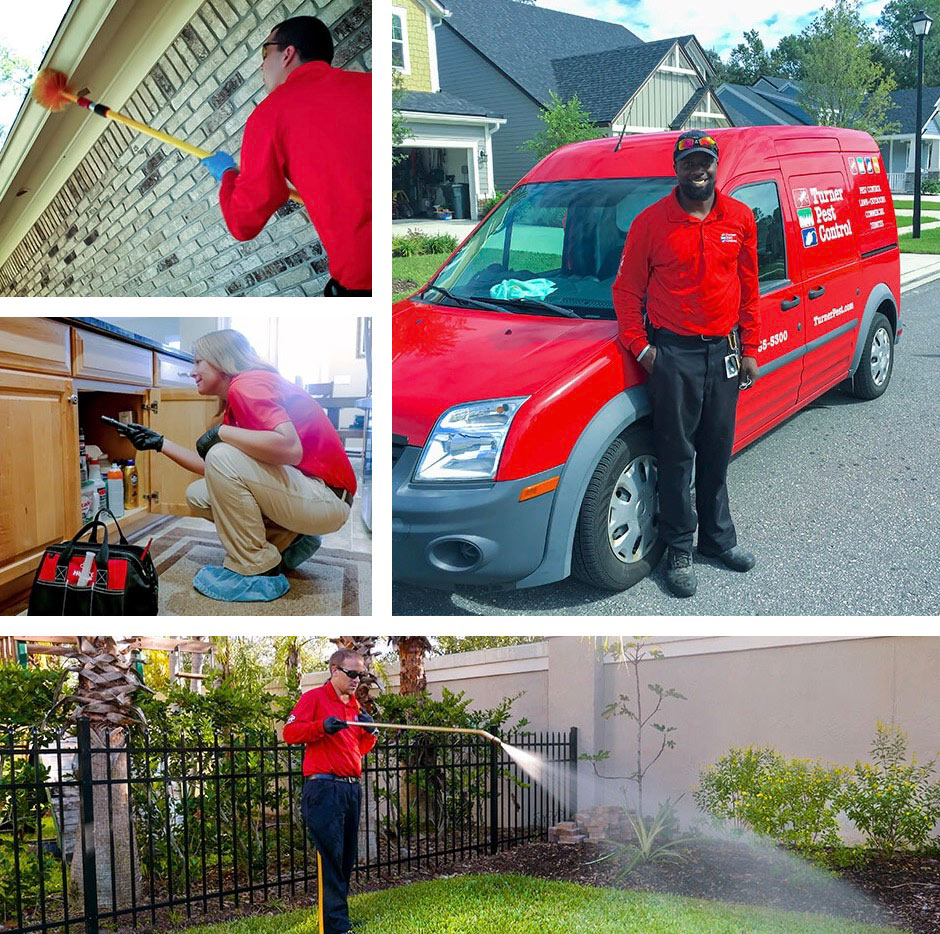Trusted Rodent Control Port Charlotte to Keep Your Home Free from Pests
Learn More About the current Advances in Pest Control and How to Implement Effective Therapy Solutions
Over the last few years, the field of insect control has seen considerable developments, driven by the need for sustainable and reliable treatment solutions. Ingenious techniques such as Integrated Bug Administration (IPM) combine eco-friendly exercise with innovative modern technology, boosting both efficacy and ecological obligation. The assimilation of smart innovations and Do it yourself methods has empowered people to take on insect concerns a lot more effectively. As we explore these developments, it becomes necessary to comprehend how ideal to apply these strategies in numerous setups to achieve optimal outcomes. The implications for bug management techniques could be transformative.
Eco-Friendly Pest Control Options
In the last few years, the demand for eco-friendly pest control options has surged as services and home owners alike look for lasting options to conventional chemical therapies. This change is driven by growing environmental awareness and a need to lessen the health and wellness dangers connected with synthetic pesticides.

Eco-friendly insect control techniques include a series of techniques that prioritize the use of natural substances and methods. Integrated Insect Monitoring (IPM) is one such method, incorporating biological, social, and mechanical methods to take care of bug populations while lowering reliance on chemicals (Wildlife removal services). This alternative approach emphasizes prevention with habitat control and the introduction of natural predators, thus cultivating a balanced community
One more popular alternative is using organic chemicals stemmed from plants, which have a tendency to be less damaging to non-target microorganisms. Products like neem oil and diatomaceous earth have actually acquired traction for their efficiency in managing insects while positioning marginal threats to human wellness and the atmosphere.
In addition, exclusion strategies, such as securing access points and maintaining tidiness, play a vital role in green pest administration. By embracing these sustainable practices, people and services can properly manage bugs while promoting a healthier earth for future generations.
Smart Innovation in Bug Administration
Technology is improving the landscape of bug monitoring, with wise technology emerging as a critical force in enhancing effectiveness and efficiency - Wildlife removal services. The assimilation of Internet of Things (IoT) gadgets, expert system (AI), and data analytics is revolutionizing how bug control professionals come close to problems
Smart catches outfitted with sensing units can find parasite task in real-time, sending out immediate signals to drivers. This permits prompt actions, minimizing damage and decreasing the need for comprehensive therapies. Additionally, AI algorithms analyze historical data to predict insect behavior, allowing positive interventions based on ecological conditions and problem patterns.
Drones and computerized cars are likewise playing a significant role in parasite administration, offering airborne analyses of huge areas, determining hotspots, and even distributing targeted therapies. These innovations not only enhance procedures but additionally boost security by restricting human direct exposure to possibly unsafe chemicals.
Furthermore, mobile applications encourage consumers to check pest task and gain access to specialist recommendations, promoting a collective technique to pest administration. Generally, the fostering of clever technology is establishing a new requirement in parasite control, emphasizing data-driven choices and lasting techniques that eventually benefit both specialists and home owners alike.
Integrated Parasite Monitoring Strategies
Integrated Pest Monitoring (IPM) employs a holistic strategy to pest control, incorporating different techniques to effectively handle bug populations while lessening his explanation risks to human health and the environment. IPM revolves around comprehending the pest life cycle, their natural adversaries, and the community in which they prosper.
Among the fundamental parts of IPM is keeping an eye on pest populaces with routine examinations and data collection. This enables for the identification of parasite thresholds, establishing when treatment is required. Cultural practices, such as plant environment, cleanliness, and turning manipulation, are necessary in lowering insect frequency and advertising plant health.
Mechanical controls, including barriers and catches, are additionally crucial in IPM. These methods can literally get rid of or hinder bugs without making use of chemicals. When required, the sensible application of chemical controls is utilized, concentrating on targeted treatments that decrease environmental impact.
Education and partnership amongst stakeholders, consisting of farmers, parasite control experts, and the neighborhood, are vital for the successful application of IPM strategies. By focusing on lasting practices, IPM not just addresses pest concerns but additionally fosters a much healthier community.
Biological Control Methods
Numerous biological control methods are increasingly recognized for their efficiency in managing pest populaces while advertising eco-friendly equilibrium. These techniques harness natural killers, bloodsuckers, and pathogens to lower pest numbers without relying upon artificial chemicals. The intro of ladybugs can efficiently regulate aphid populations, while nematodes target soil-dwelling pest larvae.
In addition, making use of microbial pesticides, such as Bacillus thuringiensis (Bt), gives an eco-friendly alternative for taking care of caterpillar pests. These products specifically target pest varieties, decreasing harm to beneficial pests and pollinators. Moreover, conservation biological control emphasizes improving environments for all-natural enemies, such as birds and beneficial pests, thereby encouraging their visibility in farming systems.
Study continues to expose cutting-edge strategies within this area, such as the usage of scents to interfere with pest breeding patterns or the advancement of biocontrol agents through genetic modification. Carrying out these techniques can cause lasting pest management techniques that reduce the dependence on chemical treatments, inevitably fostering much healthier ecosystems. As awareness of these strategies expands, they are coming to be indispensable components of integrated insect monitoring (IPM) approaches, providing an equilibrium between efficient parasite control and environmental stewardship.
DIY Parasite Control Solutions
As house owners seek effective methods to deal with pest problems, do it yourself bug control services have actually obtained appeal for their access and cost-effectiveness. These techniques equip people to attend to invasions utilizing easily available products and methods, frequently without look at here the requirement for professional treatment.

Furthermore, keeping correct cleanliness and routine assessments can stop you could try these out bug entrance and nesting (Wildlife removal services). Simple techniques, such as sealing fractures, eliminating food sources, and decluttering, can considerably reduce parasite populations. Catches, both homemade and readily available, can likewise use effective services for monitoring and controlling specific parasites like rats or insects

Conclusion
The integration of green insect control choices, wise modern technology, and ingenious management approaches presents a detailed method to efficient pest administration. By welcoming Integrated Pest Administration (IPM) and utilizing organic control approaches, along with Do it yourself services, sustainable and accountable pest control can be attained.
Eco-friendly pest control methods include an array of approaches that prioritize the use of all-natural materials and practices. Integrated Insect Management (IPM) is one such method, integrating organic, cultural, and mechanical methods to handle parasite populaces while reducing reliance on chemicals. As recognition of these methods grows, they are coming to be indispensable components of integrated pest monitoring (IPM) techniques, using an equilibrium in between effective insect control and ecological stewardship.
The combination of eco-friendly bug control choices, clever innovation, and innovative administration approaches presents an extensive method to efficient parasite management. By welcoming Integrated Parasite Management (IPM) and utilizing organic control methods, together with Do it yourself solutions, responsible and sustainable insect control can be achieved.